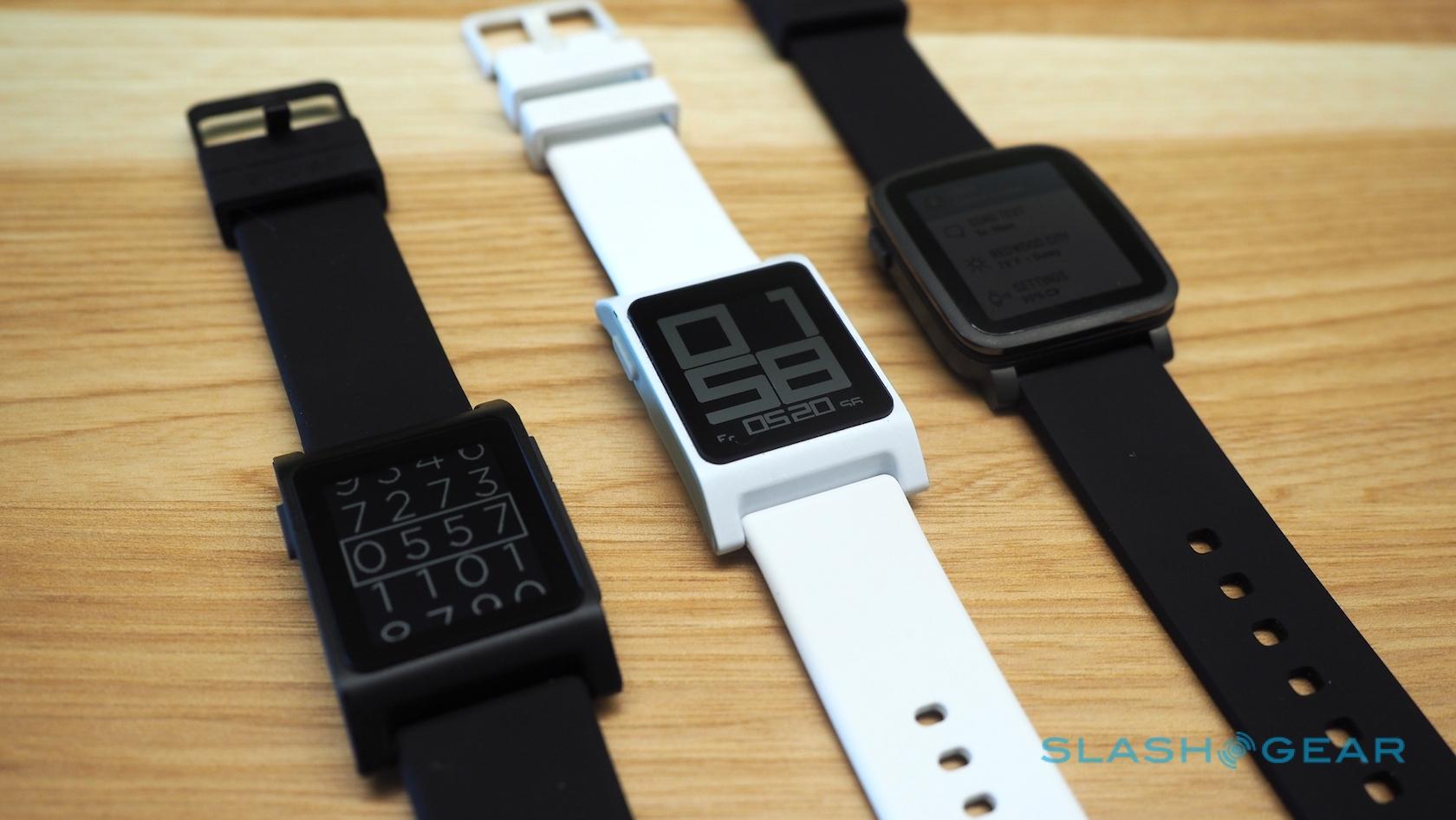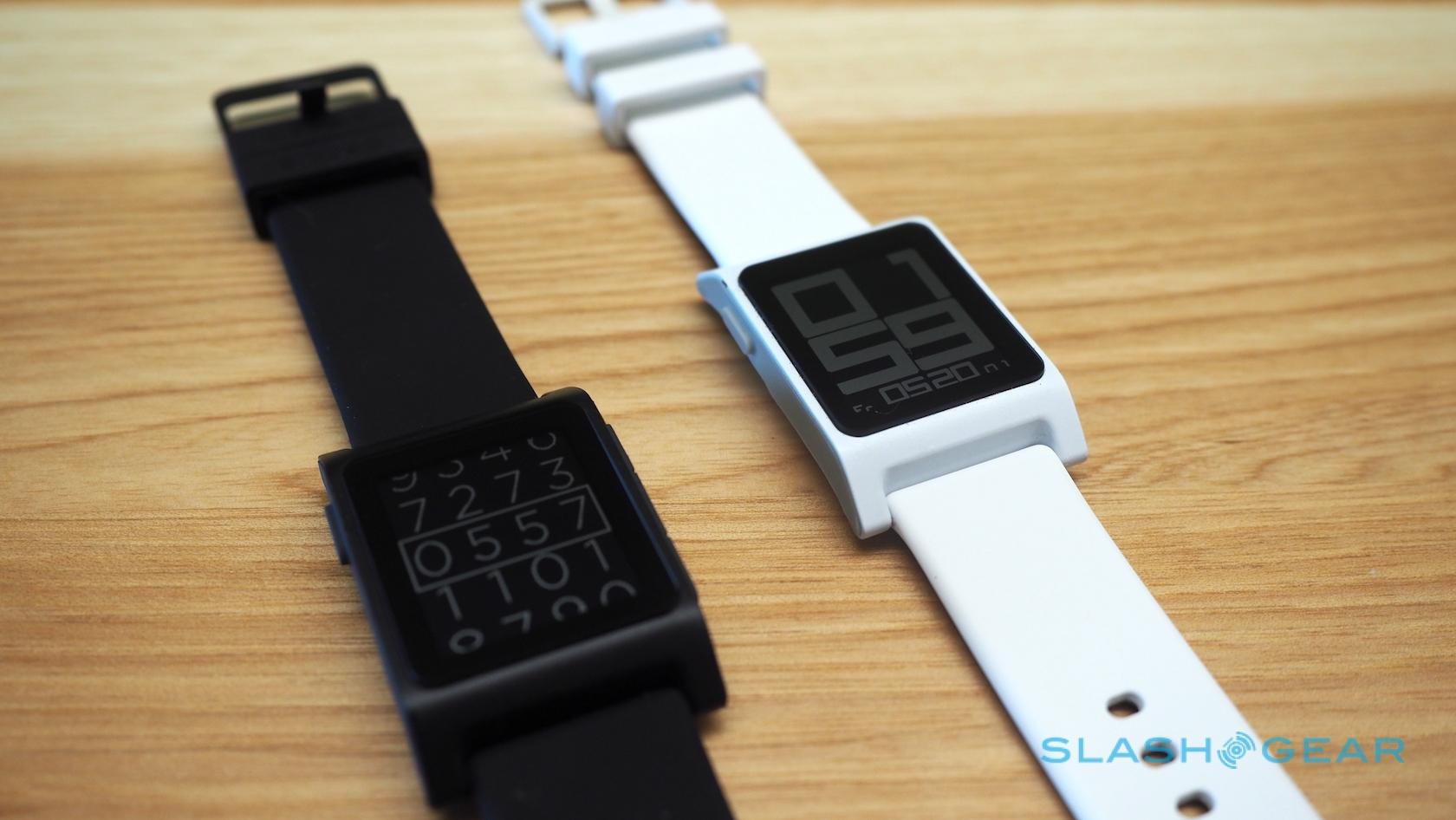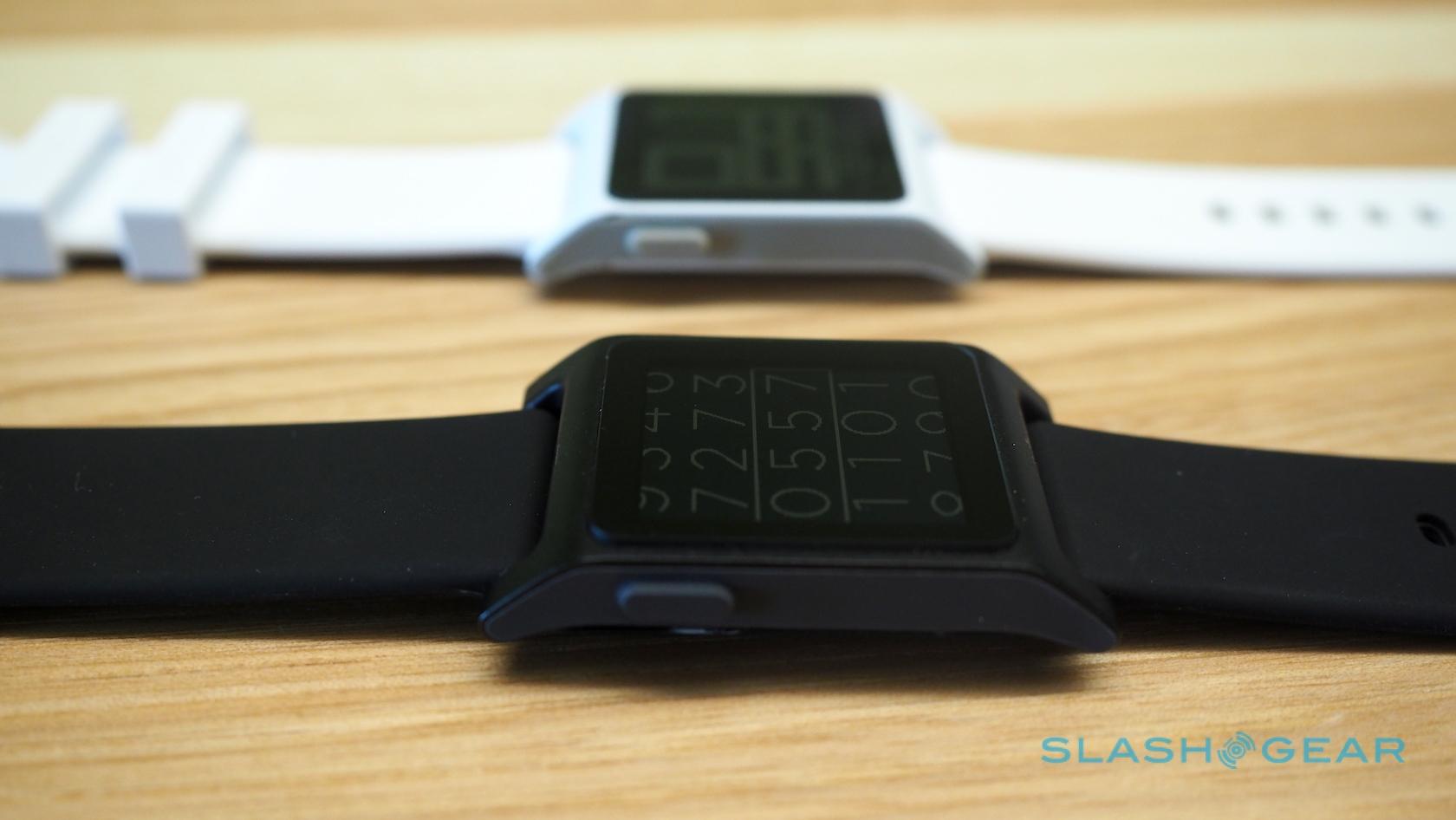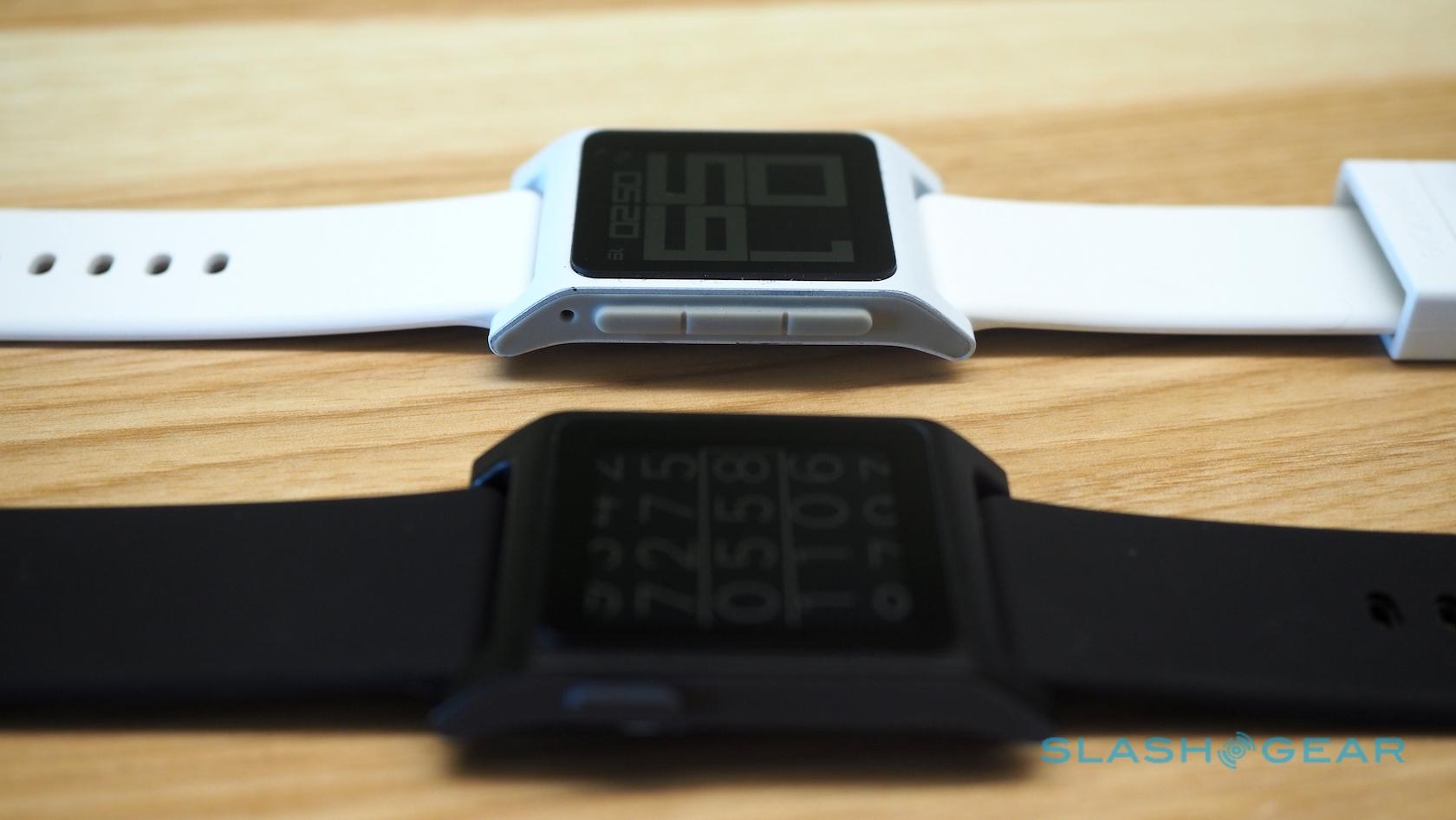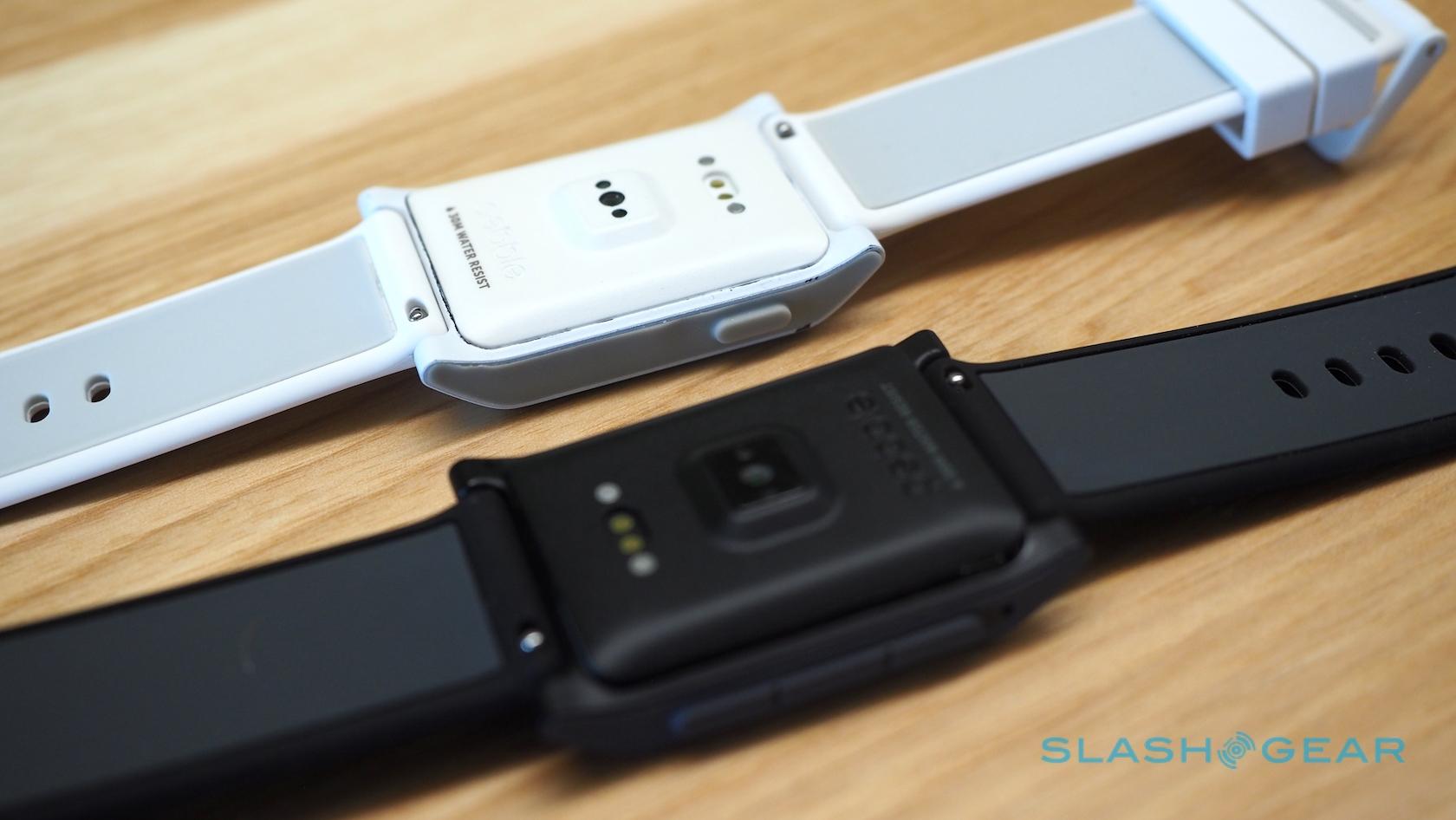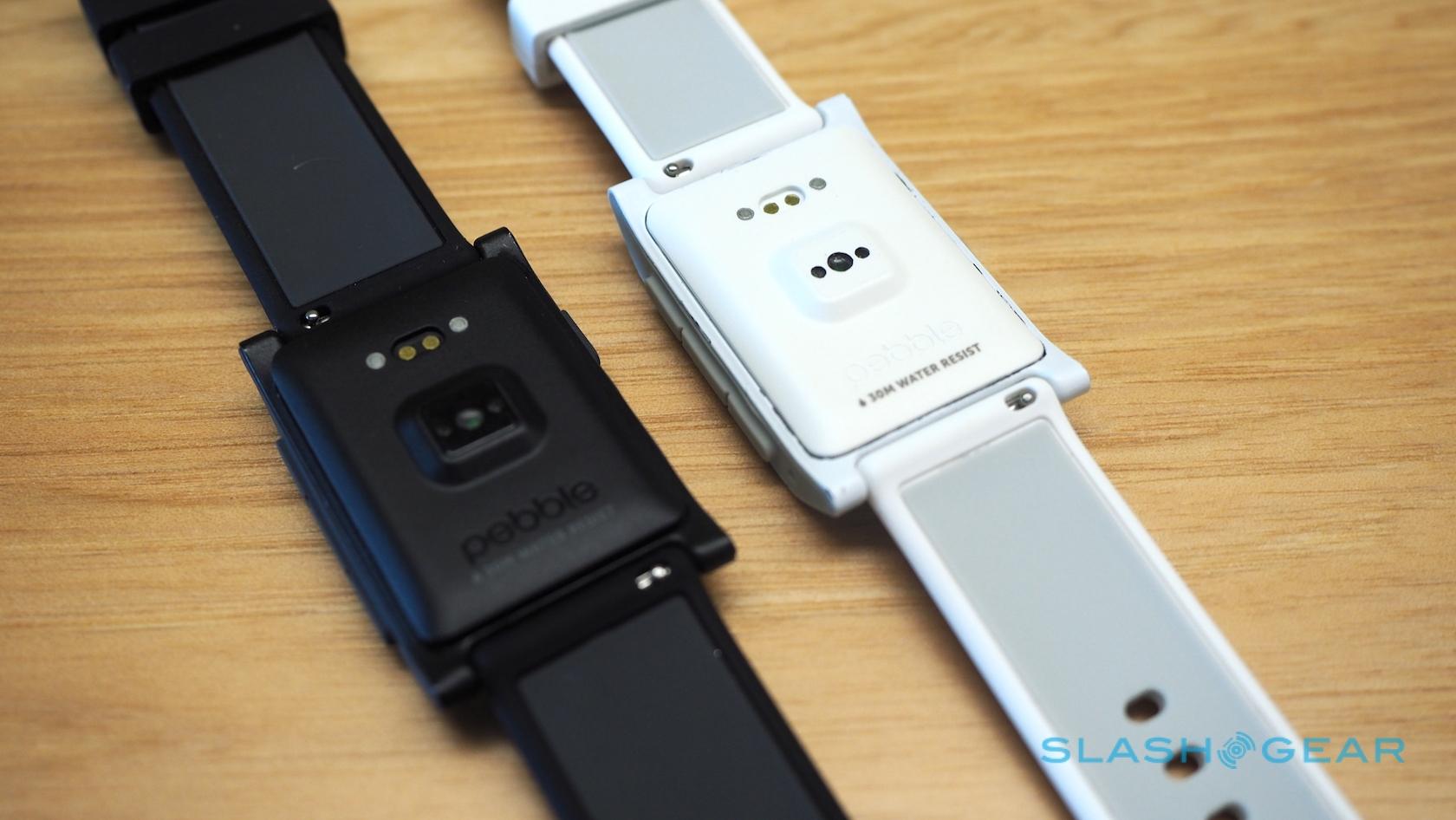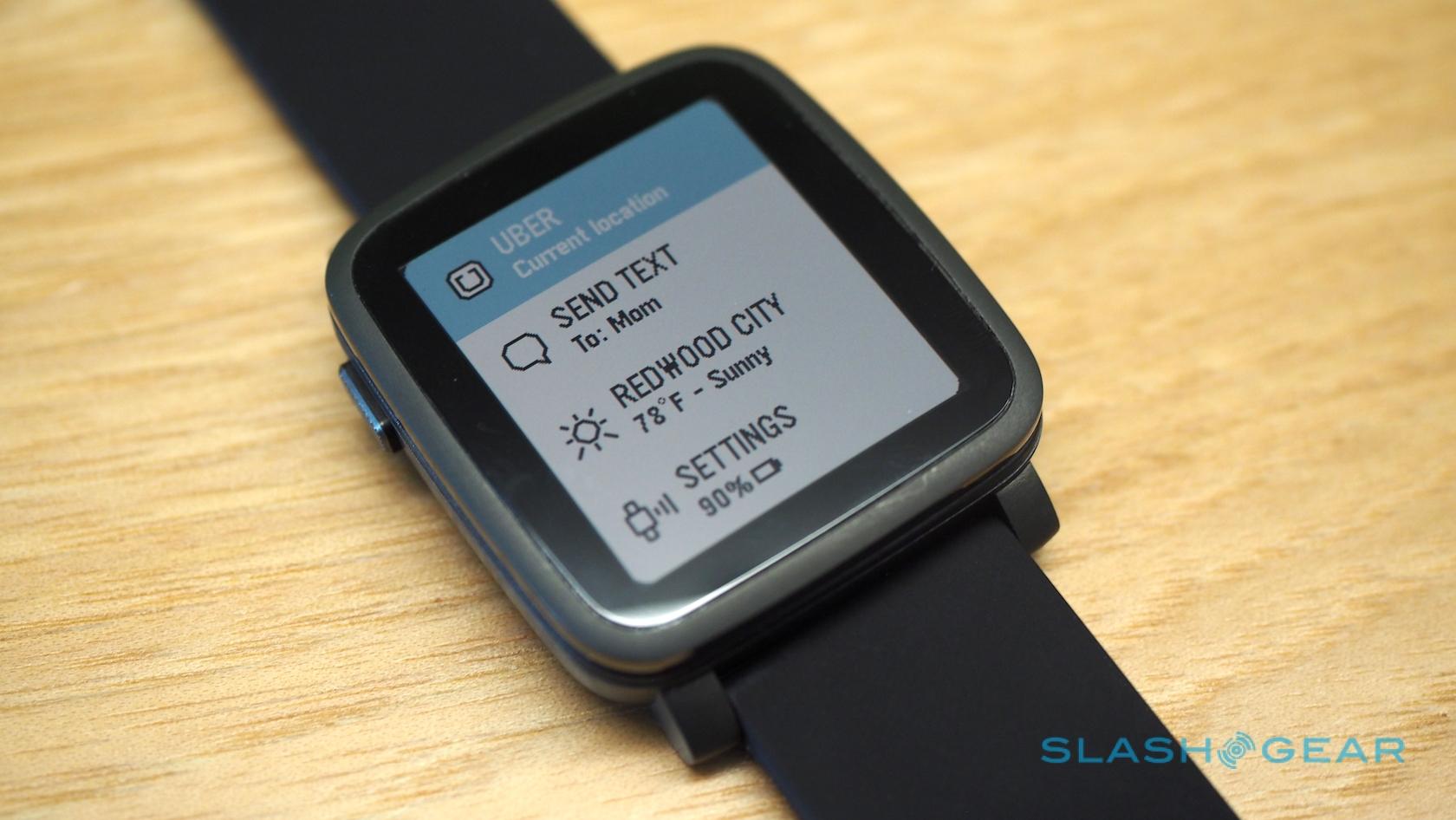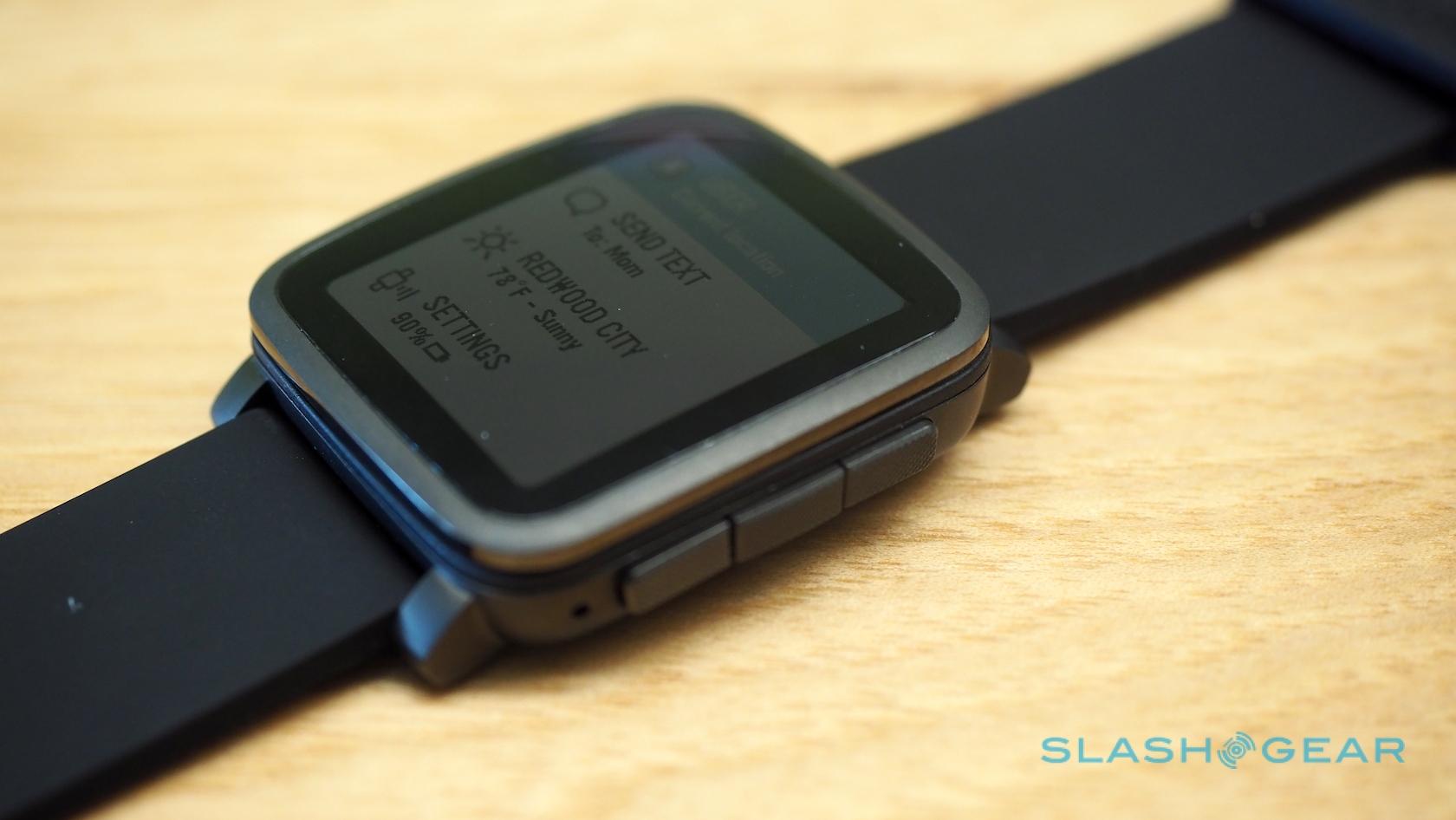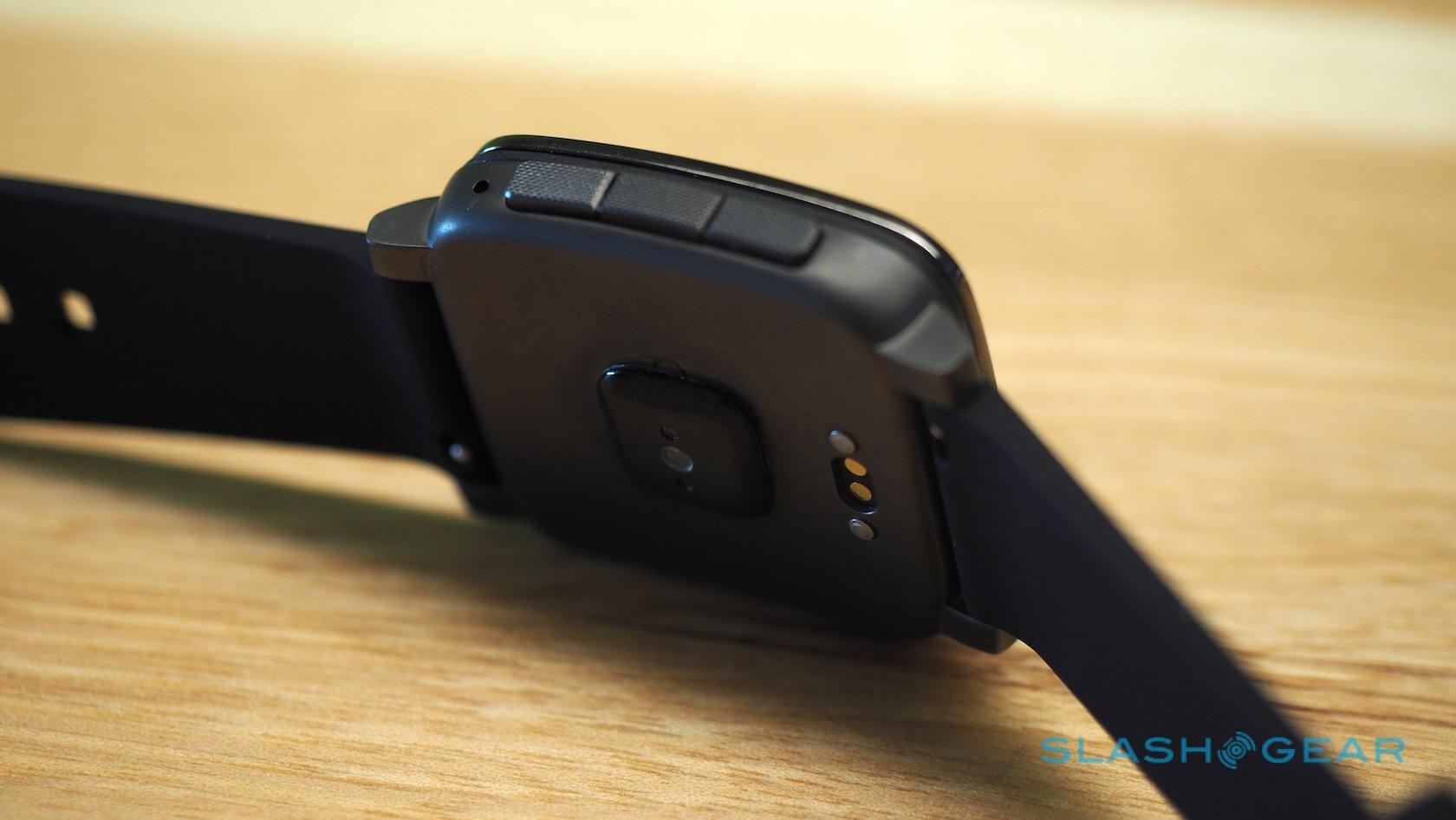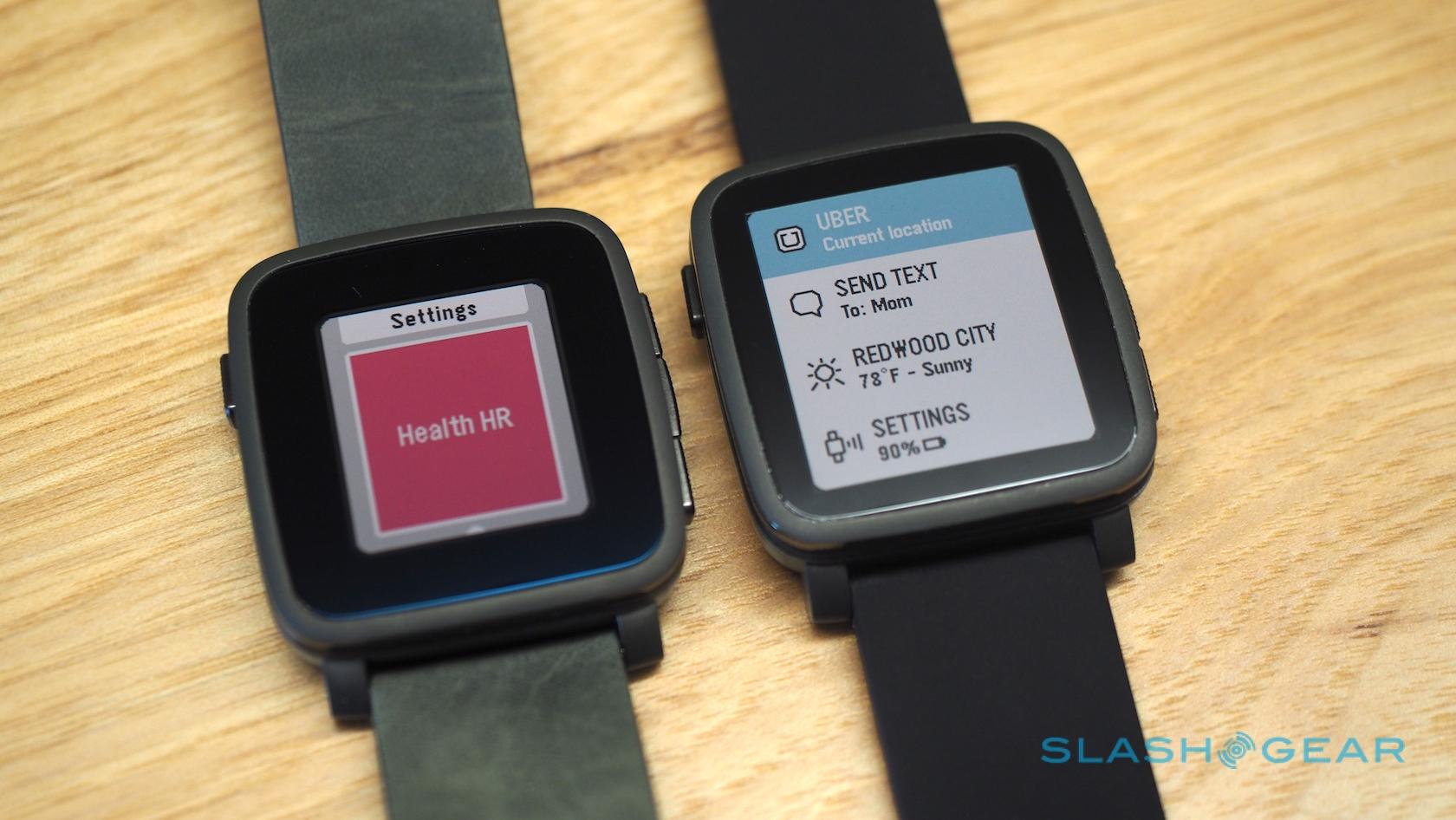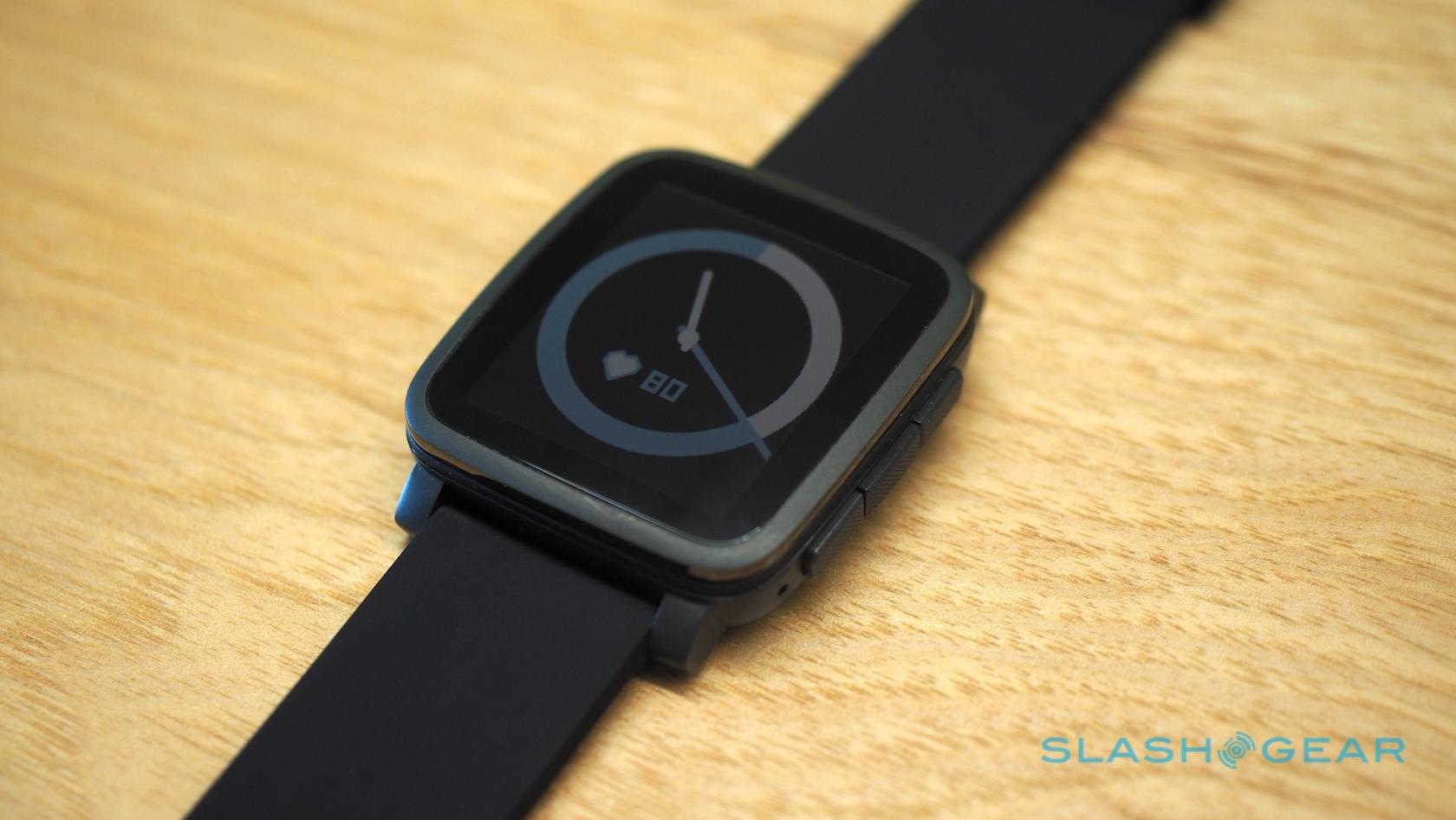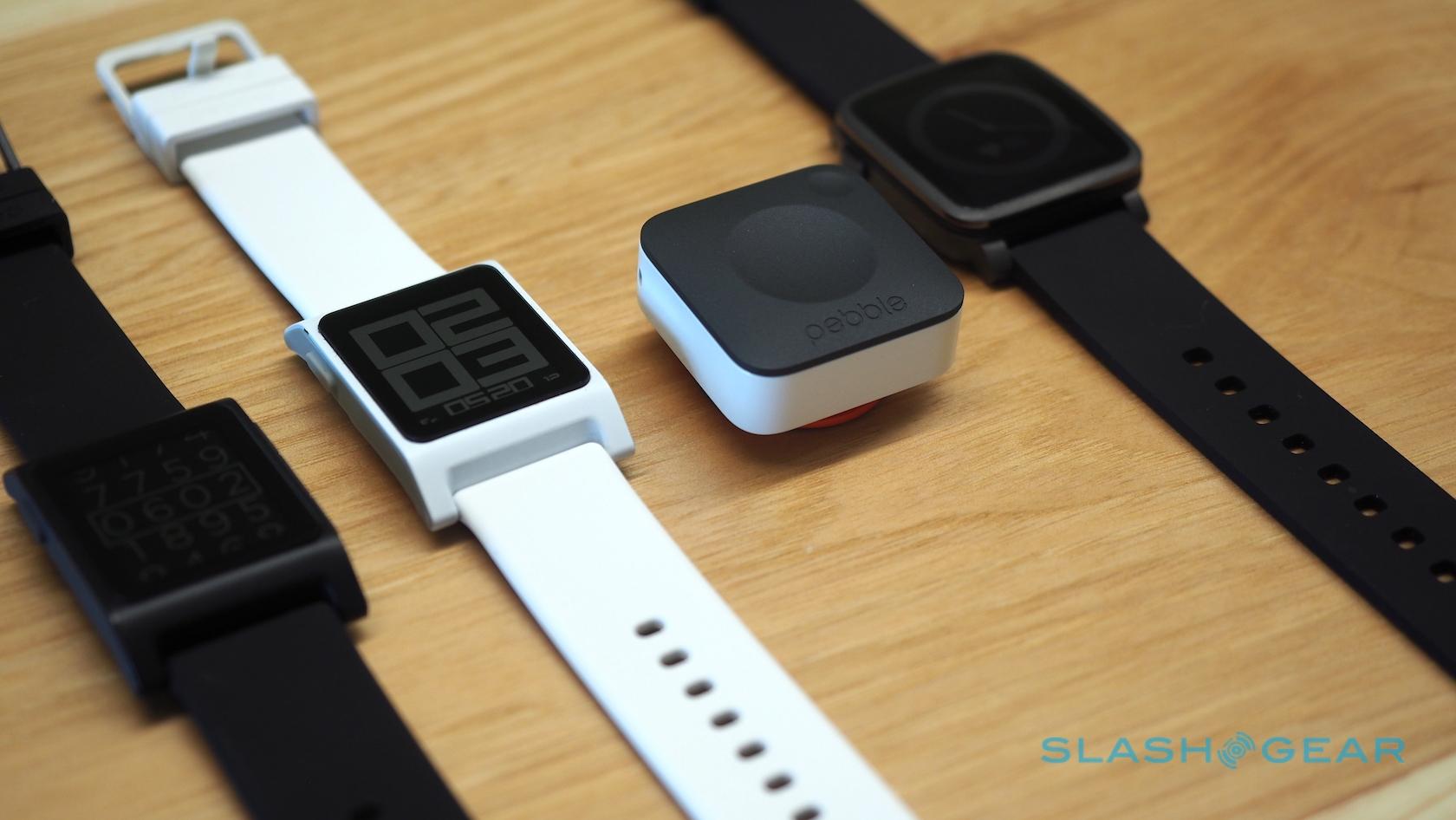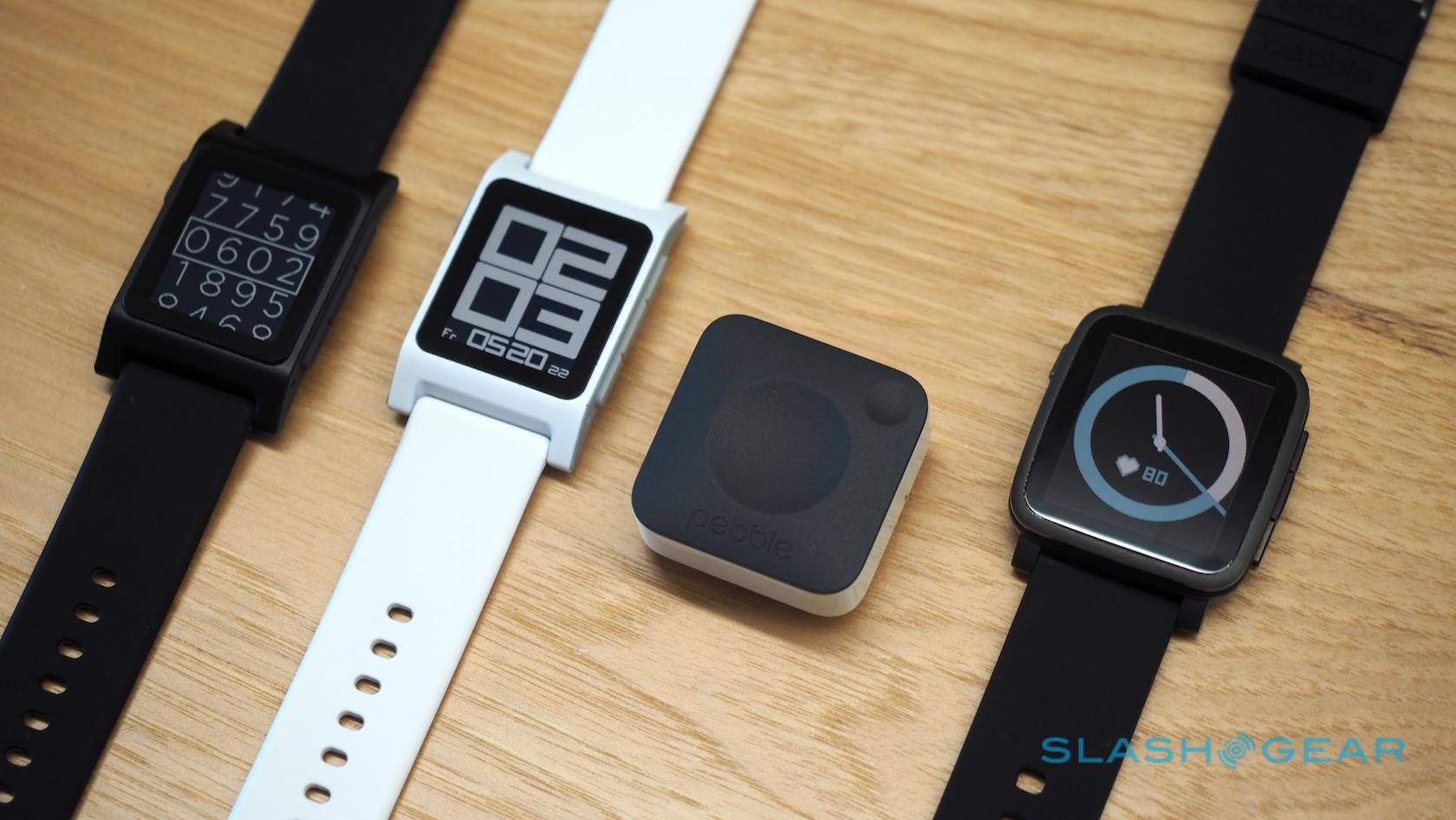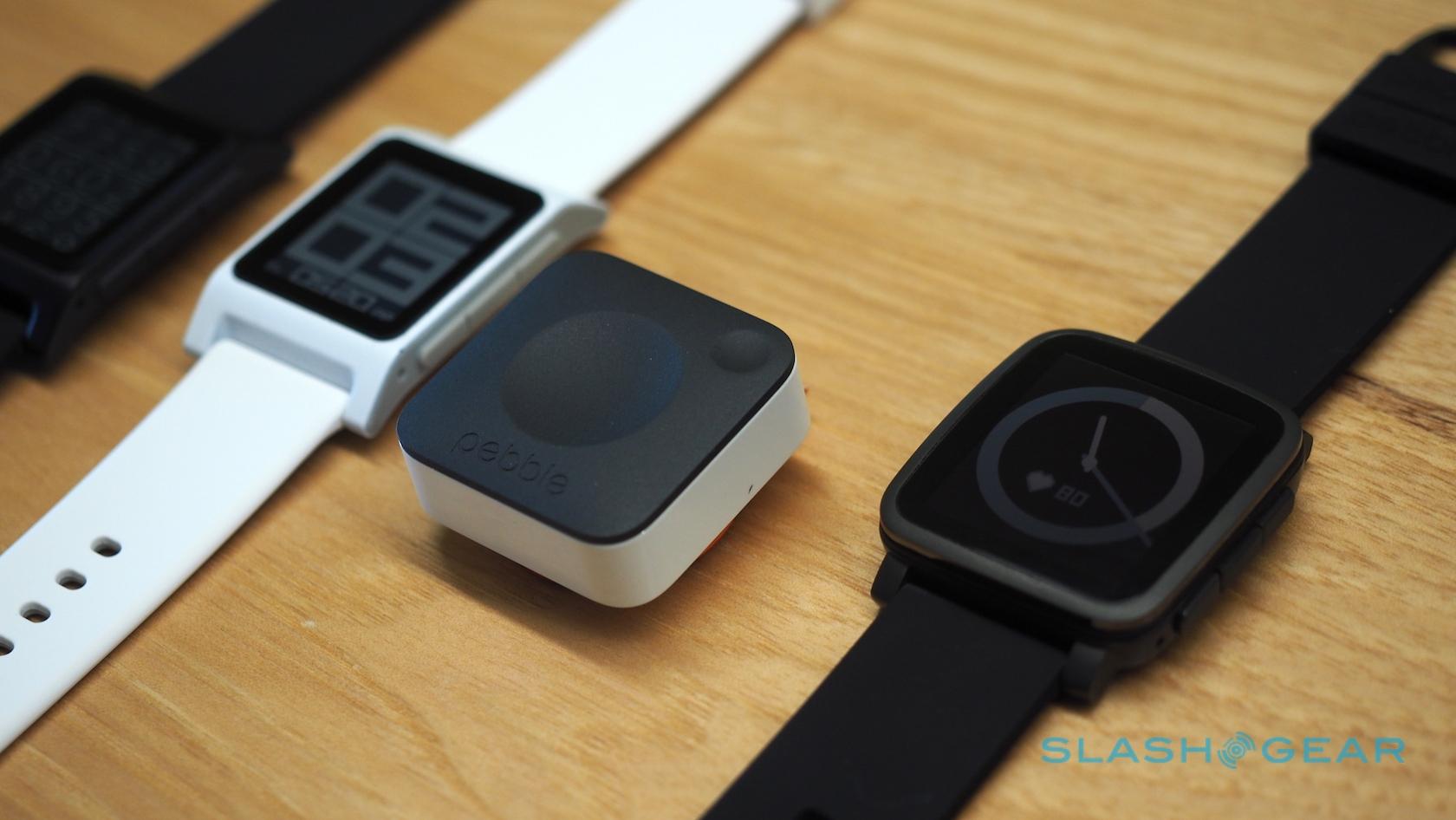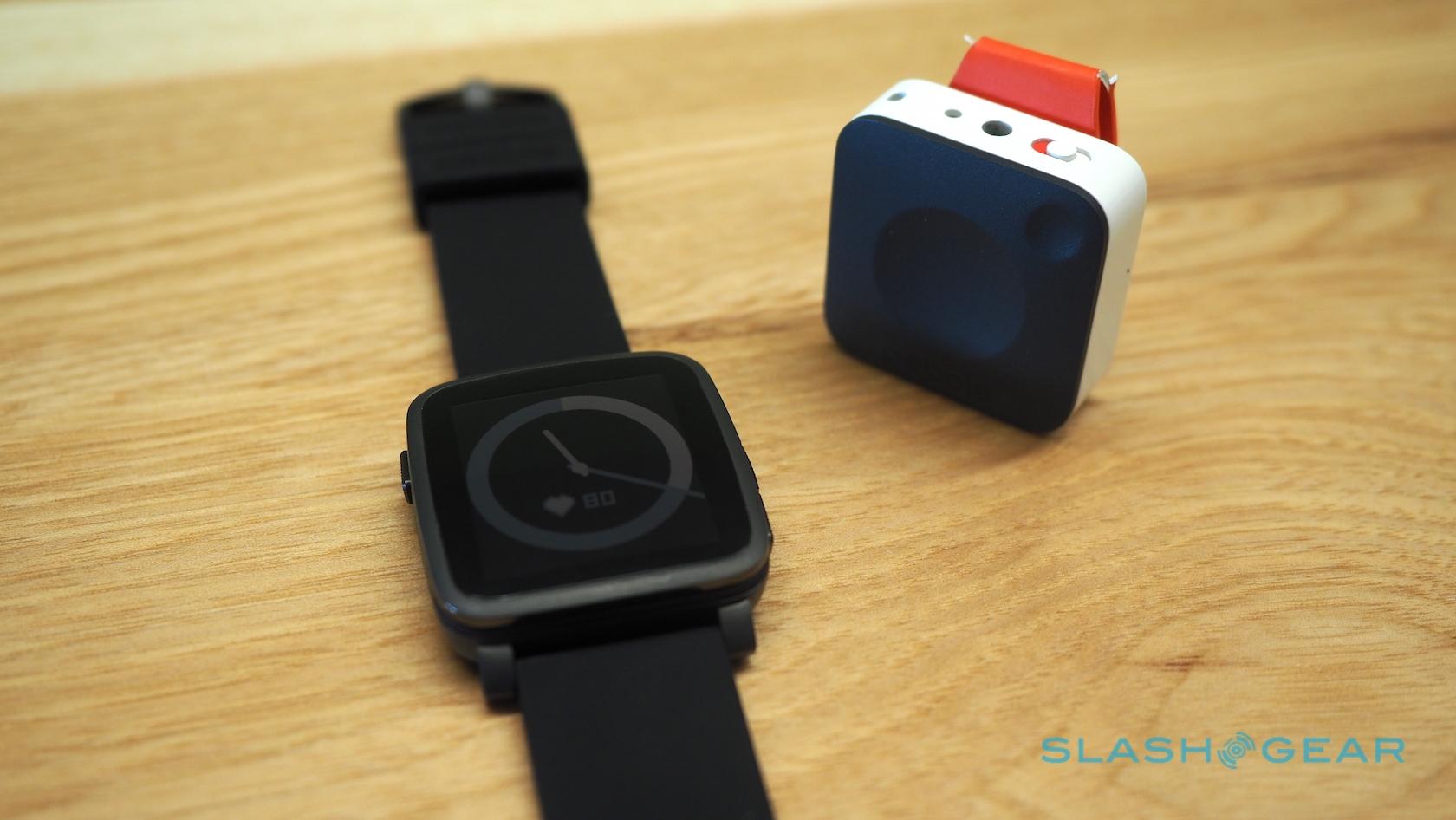Meet Pebble 2 And Pebble Time 2, The Smartwatch Contrarians
Pebble is revamping its smartwatch range, launching two new wearables – Pebble 2 and Pebble Time 2 – along with a new, time-saving Actions interface. As Google's Android Wear and Apple's WatchOS both compete to add more complexity and standalone functionality, Pebble is steadfastly going the other way: trying, company co-founder and CEO Eric Migicovsky explained to me, to figure out how to help people spend as little time as possible interacting with their watch.
For Pebble, it's a return to Kickstarter, the crowdfunding platform where the startup set records for the amount of money raised for a project.
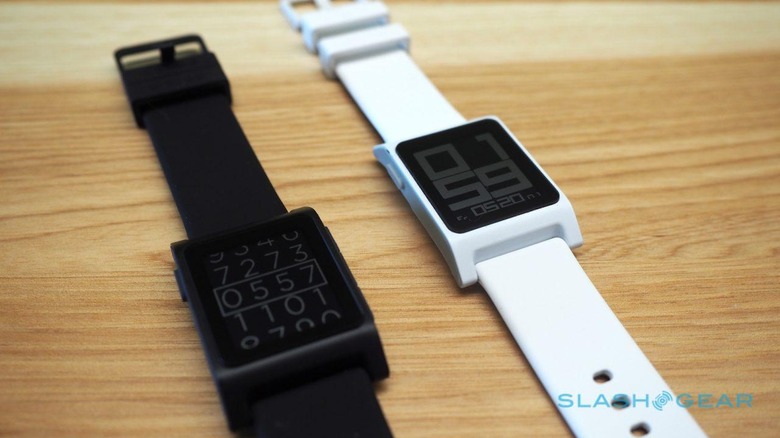
Pebble 2 replaces the original Pebble – which has stuck around for an impressive three years, selling more than a million units in that time – with a more refined, but still affordable, upgrade. On the outside the rough design is similar, only now the low-power display is optically bonded to a sheet of toughened, scratch-resistant Gorilla Glass.
There's also a microphone for sending voice messages, among other things, and a heart rate monitor on the back. 30 meter water resistance is included, but if you've already got a collection of Pebble straps you'll be pleased to hear the standard 22mm attachment is the same.
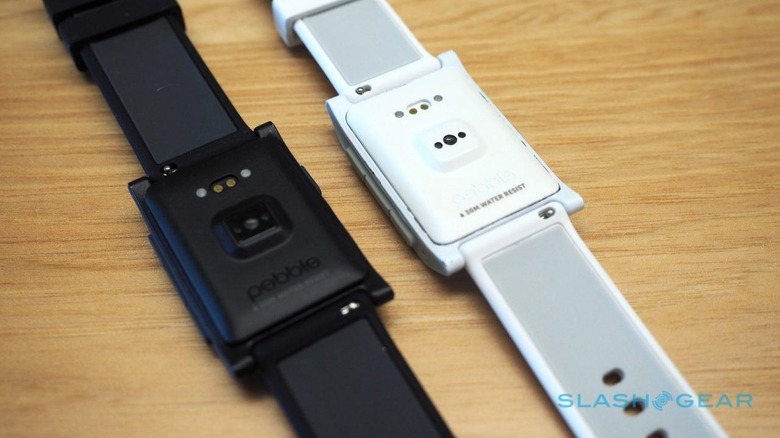
Inside, there's the guts of the original Pebble Time, along with a week's worth of battery life. It'll be offered in five colors and priced at $99, and will ship in September 2016.
For those looking for something a little smarter, there's Pebble Time 2. Identical in size to the existing Pebble Time, the biggest change is the much larger display to address criticisms about oversized bezels. It's still color e-paper, but now more than 50-percent larger than before, and with 80-percent more pixels. That means, though it's still compatible with all the existing Pebble apps, you can read twice as much text on-screen at a time.
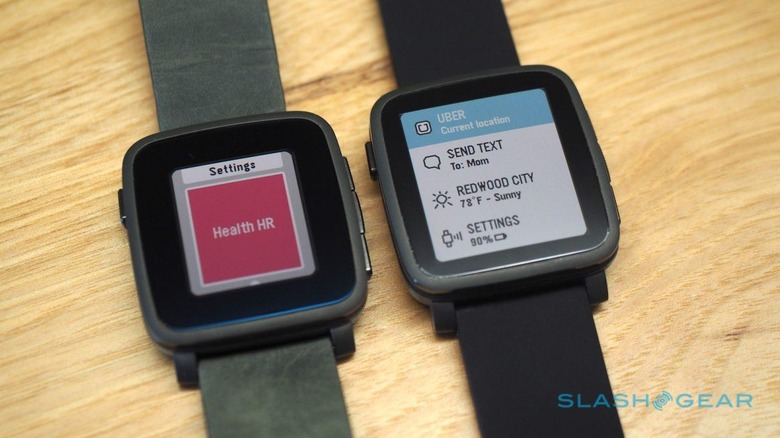
The casing is still stainless steel – available in black, gold, or silver – and there's a microphone and heart rate monitor, but thanks to switching exclusively to Bluetooth LE, battery life is 10 days even with the bigger display.
It's priced at $169, and is expected to ship in November 2016.
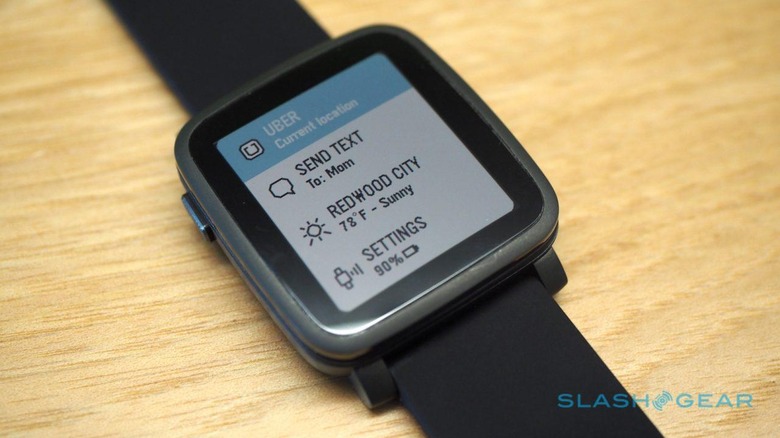
Both watches get a new version of Pebble OS, intended to make everyday interactions more streamlined. In fact, the improvements in the update are focused entirely on addressing the big question Pebble remains preoccupied with: just how much can you do from your wrist before you need to pull out your phone?
"How do we do more on the watch without the complexity rising?" Pebble's Eric Migicovsky asked, rhetorically, when he walked me through the new wearables. The answer is Actions, effectively singular-purpose shortcuts that are the proactive "do" counterpart to the "tell" of the Pebble Timeline UI.
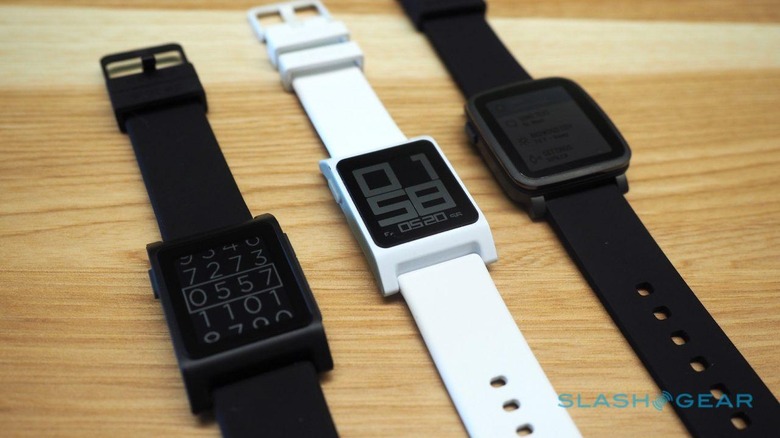
Hit the top button on the right side of the smartwatch, and you get a list of Actions: each the primary function of an app. The texting app might default to sending a message to a single person – Migocovsky says Pebble's research suggests most wearers have a single individual they contact with their watch the most – while the Uber app might summon a car to your current location.
Although you'll still be able to access the full versions of those Pebble apps if you wish, the goal is to make their main purpose more accessible with fewer clicks. Eventually, Migocovsky tells me, the list will reorganize itself according to time of day and your location – the Actions you want at the office are probably going to be different from those you'll use at home – though that won't be supported initially.
"I think [contextual organization] is going to be the primary interface for wearables," Migocovsky predicts.
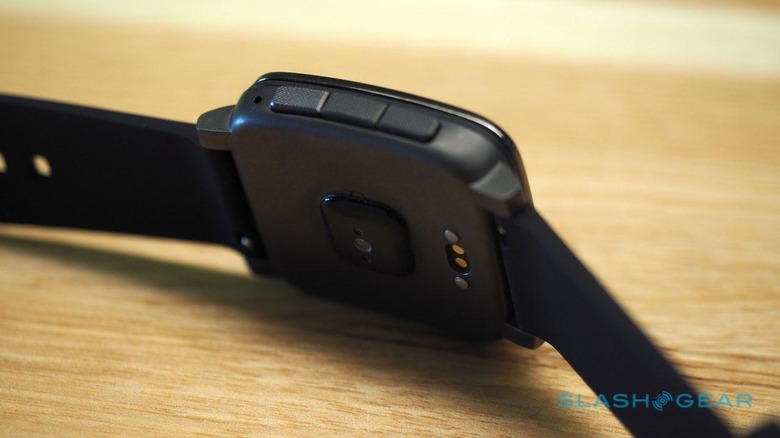
Actions themselves are Javascript web calls, and will be publishable in the Pebble app store. Exactly what they're preset to do will be customizable in each app, but the idea is to keep things super-simple: after all, Migocovsky argues, at a certain point it just becomes easier to "take out your phone."
NOW READ: Pebble Core packs Spotify in a tiny wearable for runners
It's a starkly different strategy to that of Google and Apple, which have each been working to make their wearable platforms operate in more of a standalone manner. Android Wear 2.0's addition of an on-screen keyboard, for instance, along with support for native cellular connectivity position smartwatches running the OS as independent devices; in contrast, Pebble 2 and Pebble Time 2 each remain dependent on your phone, albeit with support for periods of independence such as when exercising.

Which strategy will succeed remains to be seen, though Pebble's approach does have benefits: when your primary mobile computing is left to a smartphone, your watch can be simpler, cheaper, and have a longer-lasting battery.
You can order the Pebble 2 and Pebble Time 2 now, through the company's Kickstarter page. Retail pricing will be $129 for Pebble 2 and $199 for Pebble Time 2.
MORE Pebble

